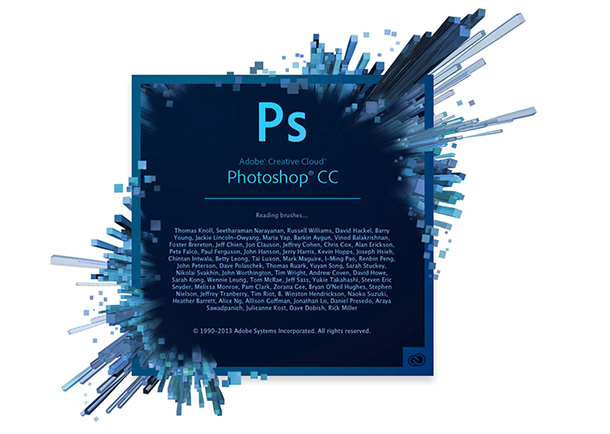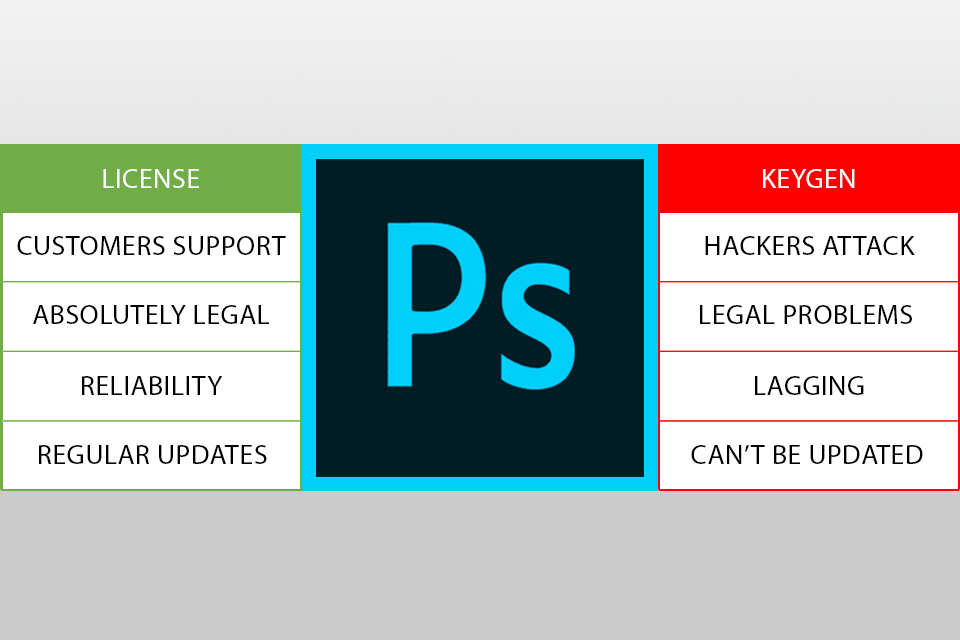

"We prepare students for careers in firms that use Adobe software predominantly, so its use is a requirement." "It is important that our Visual Communication students graduate with a skill set that allows them to be as competitive as possible, so we evaluate and employ the latest appropriate software," says professor Eric Anderson. The faculty then integrated it within their various curriculums for the fall 2010 semester. The Visual Communication faculty at the University of Oklahoma upgraded to CS5 almost immediately, mostly to determine its latest advances and any potential bugs. "It's a big advantage." Instant UpgradeĪcademic departments at other colleges are staying on track with CS5 to keep their students abreast of industry norms.


"If they have a project going on, where they're creating a newsletter and a website and using their photographic images in both projects, then they can see all of their assets using Bridge and be able to open them in the individual applications," Curto says.

But Curto says most are also enrolled in additional creative courses, where they use other Adobe applications, such as InDesign, Illustrator and Dreamweaver. In the photography curriculum, students occasionally use Dreamweaver, a tool for website development. He points to Bridge, a tool that lets students visually choose, manage, organize and edit their best photographs and convert raw proprietary camera files into electronic JPEG images.īridge also lets photography students open, manage and use their images in any of the other Adobe applications. Industry StandardĬollege of DuPage's Curto says Creative Suite also includes a number of less familiar utilities that allow students to work more efficiently. For example, Adobe recently introduced Wallaby, a tool that converts Adobe Flash artwork and animation files created in CS5 to HTML5 the new tool doesn't support Adobe Flash files created in CS4. And if you're in CS4, you won't necessarily get that level of support," Valdes says. "Essentially, CS5 is the foundation for tracking the future of web standards as they evolve. Parts of the new suite, including Dreamweaver, now offer support for emerging web standards such as CSS3 and HTML5. Ray Valdes, an analyst with Gartner, says Adobe's upgrades typically help users keep up with the latest technological advances. And that's why every time a release like CS5 comes out, it gets a little smoother," Boone adds. So the simpler those moves happen, the better. "Those kinds of capabilities are critical because we're dealing with students who are not necessarily computer savvy. "The ability for us to use the different applications in a smooth workflow is part of what is necessary when teaching students – that ability to go in and doctor something in Photoshop and have it smoothly show up in InDesign or Dreamweaver," he explains. "So it behooves us to use whatever they're going to use once they reach that environment, or as close as we can get to it."įrom the time College of DuPage first started using Creative Suite, the software delivered a number of workflow and usability benefits, and it's only gotten better over time, Boone says. "These programs are the predominant market standard, and we are training students, ultimately, for the marketplace," says Charles Boone, a professor at College of DuPage who teaches computer art, printmaking and drawing. Along with Photoshop, CS5 includes Adobe Illustrator, Dreamweaver, InDesign, Acrobat, Soundbooth and After Effects. Today, the school's creative programs prefer the bundled version, and they wasted little time in upgrading to Creative Suite 5, or CS5, which was released in early 2010. However, in 2003, Adobe started offering Photoshop as part of its Creative Suite. In the past, photography program coordinators at College of DuPage used Photoshop as a stand-alone application. "The big question is not how they learn photography with this software, it's more like: How would they be able to learn without it in this day and time?" "Once our students learn the program, it becomes a big part of how they function and what they do and how they do it," Curto says. One student, recalls professor Jeff Curto, even wrote a paper using the application's text tool, a function usually reserved for identifying digital images. Students enrolled in photography courses at College of DuPage in Glen Ellyn, Ill., spend so much of their time using Adobe Photoshop that it's sometimes difficult for them to let go at the end of the day.


 0 kommentar(er)
0 kommentar(er)
